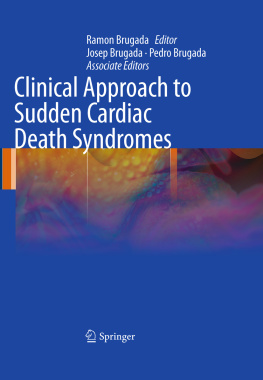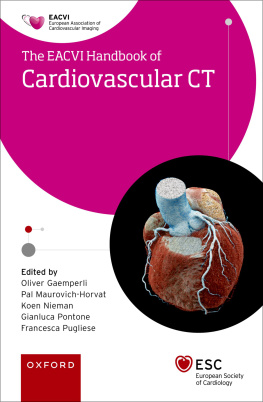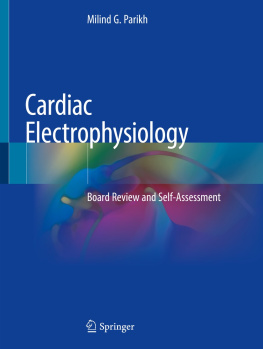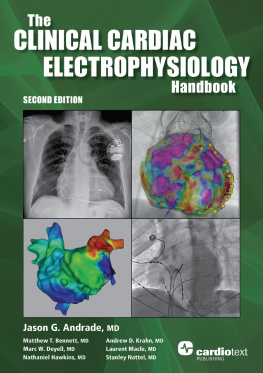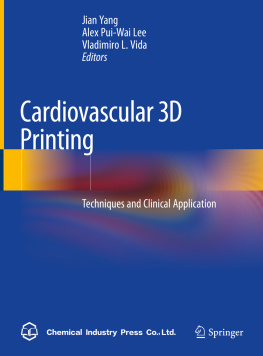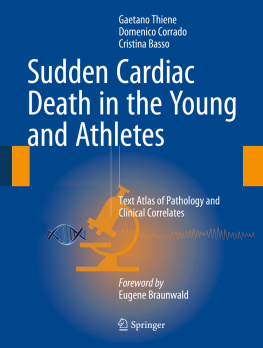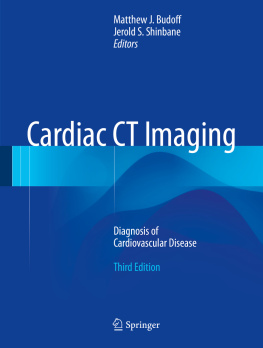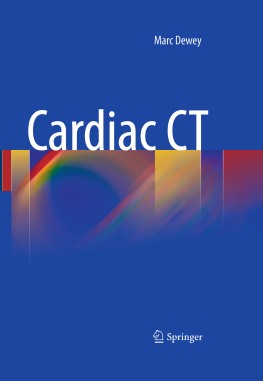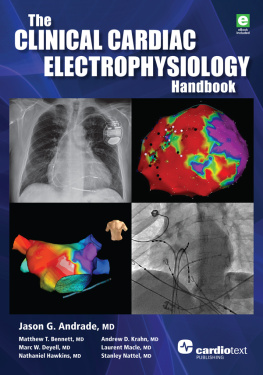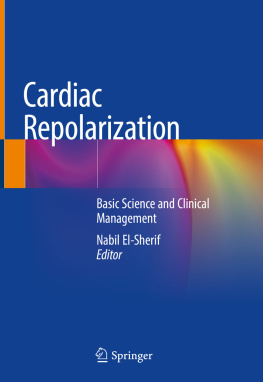Ramon Brugada (ed.) Clinical Approach to Sudden Cardiac Death Syndromes 10.1007/978-1-84882-927-5_1 Springer-Verlag London 2010
1. Sudden Unexplained Death in the Community
Sumeet S. Chugh 1 , Carmen Teodorescu , Audrey Evanado and Kyndaron Reinier
(1)
the Heart Institute, Cedars-Sinai Medical Center, Los Angeles, CA USA, 90048
Sumeet S. Chugh Associate Director
Email:
Abstract
With approximately 250,000 US lives lost to this condition on a yearly basis, sudden cardiac death (SCD) is a public health problem of significant magnitude.1,2 In most cases, an associated cardiac disease condition leading to the fatal event can be identified, but for a distinct subgroup of cases, SCD can remain completely unexplained.3 The postmortem examination is negative, with a structurally normal heart and no other identifiable etiologies of sudden death. Most commonly, this form of SCD is referred to as sudden unexplained death syndrome (SUDS), but other terms such as sudden arrhythmic death syndrome and idiopathic ventricular fibrillation have also been used.13-5 The vast majority of cases have some form of primary electrical disorder of the heart leading to a fatal cardiac arrhythmia. Since this syndrome mostly afflicts younger adults and there are significant limitations for predicting risk in family members who are left behind, SUDS is a devastating manifestation of heart disease.6 The goal of this review is to discuss the magnitude of the problem, age-and gender-related prevalence, diagnostic considerations, and clinical/research implications of these observations.
With approximately 250,000 US lives lost to this condition on a yearly basis, sudden cardiac death (SCD) is a public health problem of significant magnitude. The goal of this review is to discuss the magnitude of the problem, age-and gender-related prevalence, diagnostic considerations, and clinical/research implications of these observations.
1.1 Magnitude of the Problem
While these subjects constitute a small subgroup of overall SCD cases, SUDS is recognized as a distinct phenotype, frequent enough, and with implications significant enough, to merit serious ongoing clinical as well as investigational attention. By definition, the diagnosis of sudden cardiac arrest or death in a structurally normal heart requires detailed imaging of the heart in the survivor, or detailed postmortem examination in the nonsurvivor. With the US national percentage of survival from cardiac arrest estimated at 5%, survivors are by far in the minority. For a variety of reasons, autopsy examination rates have decreased significantly, and even among sudden death victims, these are usually performed in 5-15%. As a consequence, an accurate estimate of the community-wide magnitude of SUDS is difficult to obtain, and we have to rely on studies of cardiac arrest survivors, or autopsy series of SCD.
Studies of cardiac arrest survivors have reported a 5% prevalence of SUDS. On the basis of these numbers, we estimate the annual incidence of SUDS in the general population to be in the range of 3/100,000 residents per year.
1.2 Relationship with Gender
In the general population, males are more likely to have SCD compared to females (60% males in the Oregon Sudden Unexpected Death Study During this period, there were 13 SCD cases (median age 19 years, 73% African-American), occurring at a median of 25 days after arrival for training. Of these, eight recruits (53%) suffered SUDS, and anomalous coronary origins were found in two recruits (13%). Therefore, SUDS was the leading cause of nontraumatic sudden death in young female recruits during military training. These findings suggest that the overall burden of SUDS in younger women could be higher than anticipated.
1.3 Diagnostic Considerations and Role of the Molecular Autopsy
There are important reasons why all patients who succumb to presumed SUDS should undergo a full, detailed postmortem examination including histologic evaluation of the myocardium. From the Edwards Registry 270-patient series of SCD, a special subgroup of six patients was identified. Initially, both gross and histologic examination of the heart were reported as normal, but due to qualitative findings of what appeared to be increased interstitial fibrosis, a more detailed and quantitative histologic examination was performed that included calculation of the collagen volume fraction.
With the discovery of genetic causes of sudden death and the technological ability to identify culprit gene defects, the definition of SUDS is evolving. A diagnosis of SUDS now requires both a structurally normal as well as genetically nondiagnostic heart. In the happy circumstance that a patient survives cardiac arrest, candidate gene-based screening can be performed. Unfortunately, since most SUDS patients will not survive, genetic testing is usually done from myocardial tissue obtained during postmortem examination, also called as a molecular autopsy. From these studies, it would seem that the single largest gap in identifying the molecular etiologies of SUDS is the current limited repertoire of candidate genes that we associate with mechanisms of fatal arrhythmogenesis.
It is possible that extracardiac conditions and factors may also function as substrates or triggers for SUDS.
1.4 Conclusions
Approximately 5% of patients who suffer SCD will have the SUDS. The overall annual incidence of this condition in the general population is likely to be in the range of 3/100,000. These individuals succumb to a fatal arrhythmia, but have a structurally normal heart and genetically nondiagnostic molecular autopsy. SUDS is a devastating manifestation of heart disease affecting the young and with significant implications for surviving family members. As a result, this entity continues to pose a difficult diagnostic and therapeutic challenge to health care providers and investigators alike. There is likely to be a significant genetic component in the pathogenesis of SUDS, but enhancements in screening, risk stratification, and prevention await the elucidation of a more complete understanding of genetic targets.
References
Chugh SS, Jui J, Gunson K, et al. Current burden of sudden cardiac death: multiple source surveillance versus retrospective death certificate-based review in a large U.S. community. J Am Coll Cardiol. 2004;44:1268-1275 CrossRef PubMed
Myerburg RJ. Scientific gaps in the prediction and prevention of sudden cardiac death. J Cardiovasc Electrophysiol. 2002;13:709-723 CrossRef PubMed
Chugh SS, Kelly KL, Titus JL. Sudden cardiac death with apparently normal heart. Circulation. 2000;102:649-654 PubMed
Behr ER, Casey A, Sheppard M, et al. Sudden arrhythmic death syndrome: a national survey of sudden unexplained cardiac death. Heart. 2007;93:601-605 CrossRef PubMed
Chugh SS. Sudden cardiac death with apparently normal heart: clinical implications of progress in pathophysiology. Cardiac Electrophysiol Rev. 2001;5:394-402 CrossRef
Behr E, Wood DA, Wright M, et al. Cardiological assessment of first-degree relatives in sudden arrhythmic death syndrome. Lancet. 2003;362:1457-1459 CrossRef PubMed
Graboys TB, Lown B, Podrid PJ, DeSilva R. Long-term survival of patients with malignant ventricular arrhythmia treated with antiarrhythmic drugs. Am J Cardiol. 1982;50:437-443 CrossRef PubMed
Myerburg RJ, Conde CA, Sung RJ, et al. Clinical, electrophysiologic and hemodynamic profile of patients resuscitated from prehospital cardiac arrest. Am J Med. 1980;68:568-576 CrossRef PubMed

